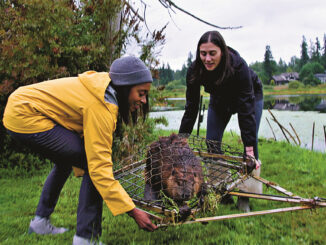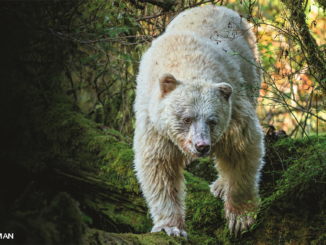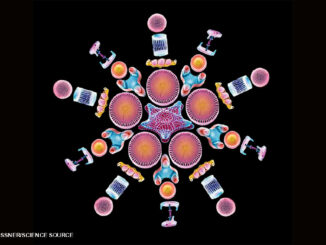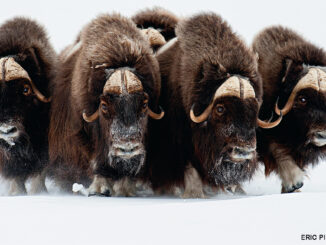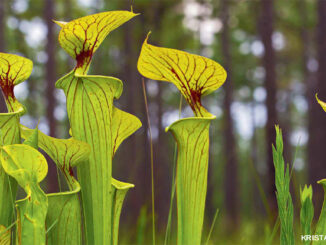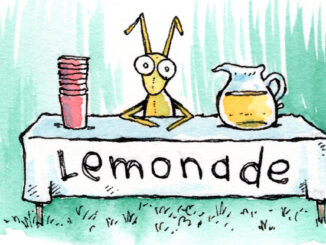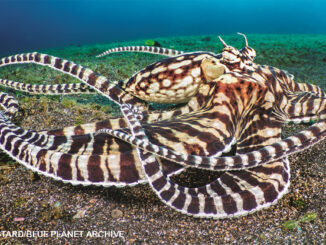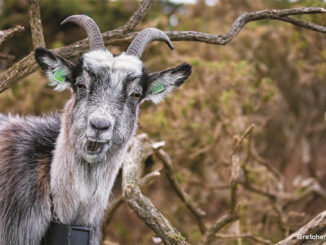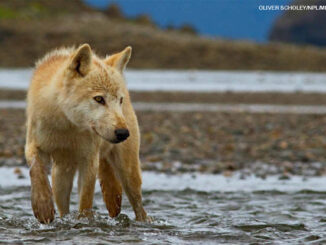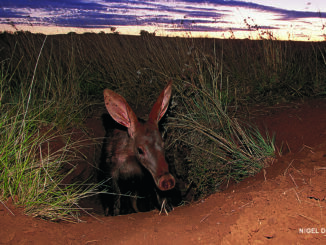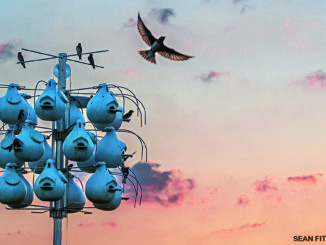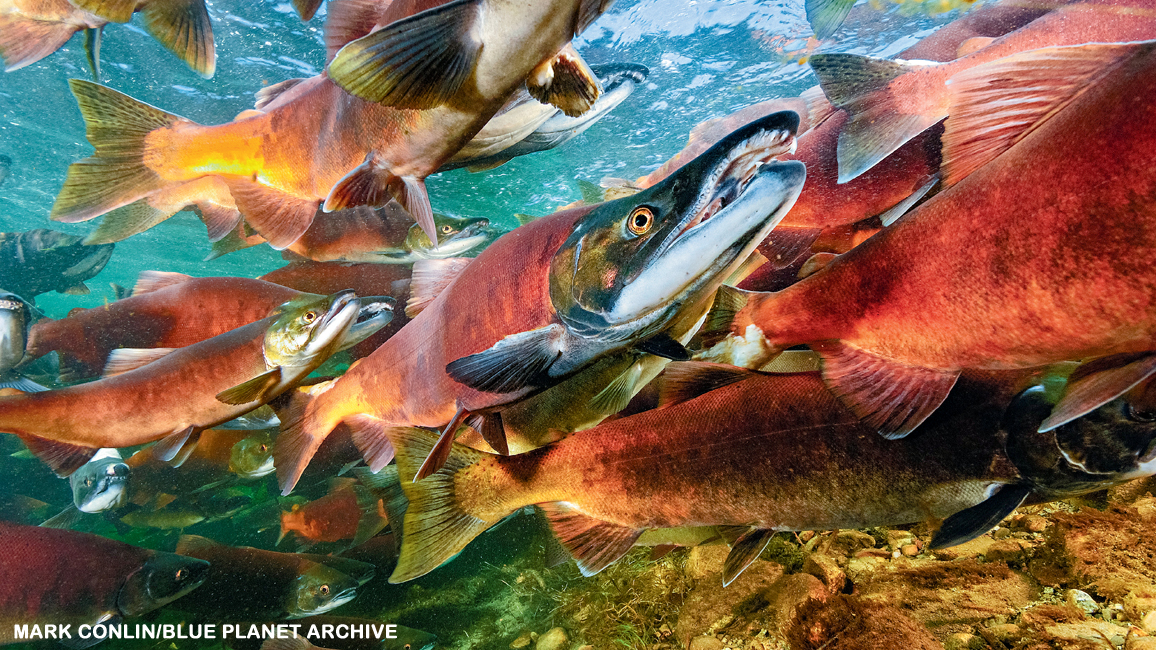
Go, Go Sockeye Salmon!
By Kathy KrankingHere come the salmon! These fish are some of the world’s most impressive athletes.

Every year, Pacific sockeye salmon leave the ocean to begin an amazing journey. They swim hundreds of miles upstream through rivers and lakes until they reach the streams where they hatched years earlier. There they complete their mission: to have young of their own. There are several species of salmon, and they all make the same kind of migration.
While the sockeyes were still in the ocean, their bodies changed so that they could live in fresh water. And as they swim along through the rivers, they change in other ways: Their bodies turn from silver to red. The males are the deepest red—and that helps them attract mates. The males also grow hooked snouts and long, sharp teeth that they will later use to fight other males.
Swimming upstream isn’t easy. It means moving against the current, so the water is flowing toward the fish as they swim. The salmon have to work hard, and they don’t even stop to eat as they travel. They ate lots of food in the ocean before they left, so they have plenty of fat to live on.
You may be wondering how the salmon find the places where they hatched. Amazingly, a salmon is able to remember the scent of its home stream. So it just follows its nose.

TROUBLE AHEAD
As the salmon swim along, they have to leap their way through lots of rapids and waterfalls. They may have to throw their bodies against the rushing water over and over before they can reach the top. Besides being exhausting, the journey can be dangerous, too. Salmon time means fishing time for many animals, especially grizzly bears. When the salmon are coming through, the bears wade right into the water to fish. Some wait with their mouths open, catching salmon as they leap over waterfalls.
Others pin down salmon with their paws and claws as they swim through shallow areas. And still others dunk their heads underwater and snatch fish with their sharp teeth. A grizzly bear can eat more than 30 salmon in a day. What a fishy feast!
BLOCKING THE WAY
Even if the salmon are lucky enough to escape the bears and other predators, they still face problems. One of the worst problems is that dams are built across some rivers. They block the salmon’s paths to their egg-laying areas. And they also block young salmon from getting back to the ocean after hatching.
People are trying to help the salmon in different ways. One is by building “fish ladders,” which are like stairways for the salmon to climb to get over dams. People have even tried collecting young salmon and transporting them in trucks to get around a dam. But no solutions have been fool-proof. In some places, salmon are now in danger of becoming extinct.
JOURNEY’S END
Finally, the salmon’s journey is almost over. Only the strongest, toughest salmon have made it this far. Now they find and swim up small streams to their final destinations. Their fins are ragged and torn. But still they swim on, until they come to the places where their lives began four or five years earlier. Their journey is over—but their work isn’t.

Now the females get busy making nests on the bottom of the stream. They use their tails to dig, fanning away the sand from the gravel. As each female works, males gather nearby. They snap at each other with their sharp teeth, fighting to mate with the females.
Once a female has chosen a male, the two move close to the nest. The female lays her eggs there, and the male fertilizes them. The female uses her tail to cover the nest with gravel. Then the pair moves upstream a little way.
Once again, the female makes a nest, and the male fertilizes her eggs. They continue to make and fill several more nests. Altogether, a female may lay 3,000 to 4,000 eggs! Now the salmon’s mission is complete, and their lives are coming to an end. In a few days, they’ll die.
A NEW BEGINNING
But meanwhile, new sockeye salmon lives are beginning! After three to five months, the baby sockeyes will hatch. At first they’ll stay under the gravel, using the sacs of egg yolk attached to their bodies for food. Then they will wiggle out of the gravel and head downstream until they reach a nearby lake.
Life is dangerous for young salmon. Many will be eaten by fishes and other predators. But those that survive will stay in fresh water for the next one to two years. Then the time will come to leave the lake and follow a river out to sea.
For the next two or three years, the salmon will live in the ocean, feeding and becoming bigger and stronger. Then one day it will be time to head back upstream to lay their own eggs. And the salmon will begin that long, hard journey that only the strongest survive.
Test your sockeye salmon knowledge. Play Kahoot!



